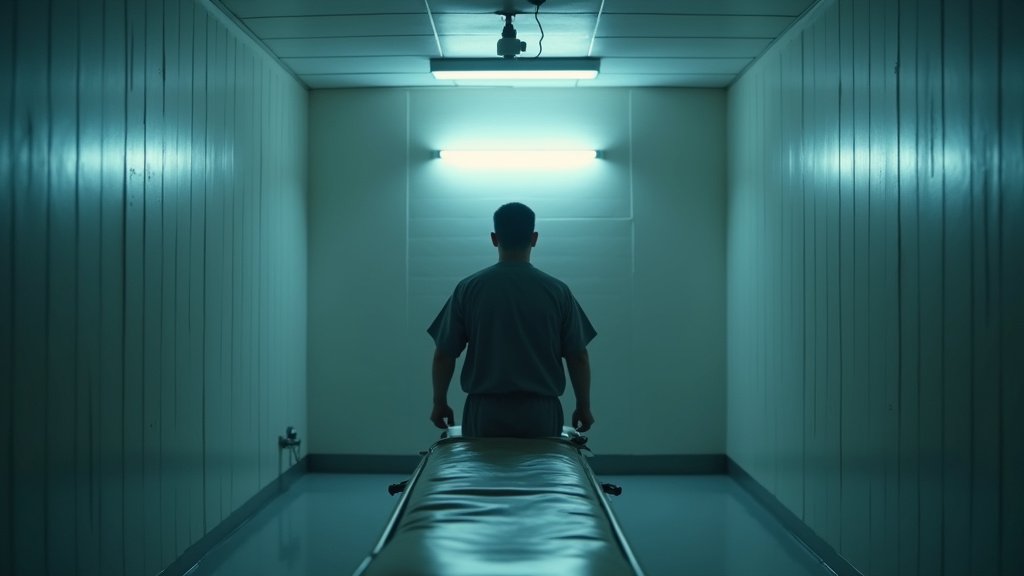Texas executed Blaine Milam on Thursday evening, September 25, 2025, bringing a grim conclusion to a case that has captivated and disturbed the state for over a decade. Milam, 35, received a lethal injection at the Huntsville state penitentiary for the horrific 2008 murder of his then-girlfriend’s 13-month-old daughter, Amora Bain Carson. His execution marks the fifth in Texas this year, continuing the state’s long history as the nation’s most active in capital punishment.
A Child’s Ordeal: The ‘Exorcism’ Killing
The crime, which prosecutors described as a torturous 30-hour ordeal, took place in a Rusk County trailer in December 2008. According to court documents and witness testimony, Amora Carson suffered an array of brutal injuries, including multiple skull fractures, broken bones—with at least 18 rib fractures noted—a lacerated liver, a broken arm and leg, and extensive bruising, including 24 human bite marks across her small body. A forensic pathologist who performed the autopsy testified that the child had also been sexually assaulted and that the sheer extent of the trauma made it difficult to pinpoint a single cause of death.
Milam and his girlfriend, Jesseca Carson, initially provided conflicting accounts to authorities, eventually claiming that the infant’s death was the result of an “exorcism” intended to expel a demon from her body. Prosecutors, however, viewed the “exorcism” claim as a cover-up for unspeakable violence.
Conviction and Life Sentence for Co-Defendant
Following the discovery of Amora’s body, both Milam and Jesseca Carson were arrested. Milam, who was 18 at the time of the crime, was convicted of capital murder in May 2010 and sentenced to death. Jesseca Carson was tried separately and received a life sentence without the possibility of parole after a jury found she played a role in her daughter’s death by allowing the prolonged torture to occur.
Years of Appeals and Discredited Evidence Claims
Milam’s path to execution was marked by more than a decade of legal challenges and appeals. His defense team consistently argued that his conviction was based on unreliable and now-discredited forensic evidence, particularly bite mark analysis, which has been widely questioned in the scientific community due to its lack of scientific validation. They also contended that Milam suffered from intellectual disabilities, making him ineligible for capital punishment under U.S. law.
These arguments led to two previous stays of execution in 2019 and 2021, allowing for further judicial review. However, courts repeatedly ruled against Milam’s claims, finding him mentally fit for execution and rejecting the arguments concerning his intellectual capacity. The Texas Board of Pardons and Paroles denied his request for clemency, and the U.S. Supreme Court ultimately denied his final appeals for a stay of execution.
The Final Moments and Texas’s Capital Punishment Record
In his final statement from the death chamber gurney, Milam offered thanks to his supporters and prison chaplains, and implored those listening to accept Jesus Christ as their savior. The lethal injection began at 6:19 p.m. CDT, and Milam was pronounced dead at 6:40 p.m..
Milam’s execution places him among the growing number of individuals put to death in Texas. The state has carried out five executions in 2025, and since 1982, Texas has executed 596 individuals, far more than any other state in the U.S.. The case of Blaine Milam highlights the complex legal battles, the lingering questions about forensic science, and the finality of capital punishment in Texas.






